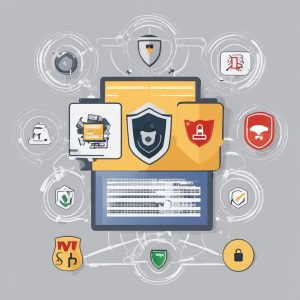
Ukraine’s UASAT LEO low-orbit satellite constellation project has entered the practical stage of implementation. The launch of the first Ukrainian communication satellite UASAT-NANO is scheduled for October 2026, and the place for its launch has already been reserved. The relevance of this step is due to the fact that high-speed satellite communications have radically changed >>>>





